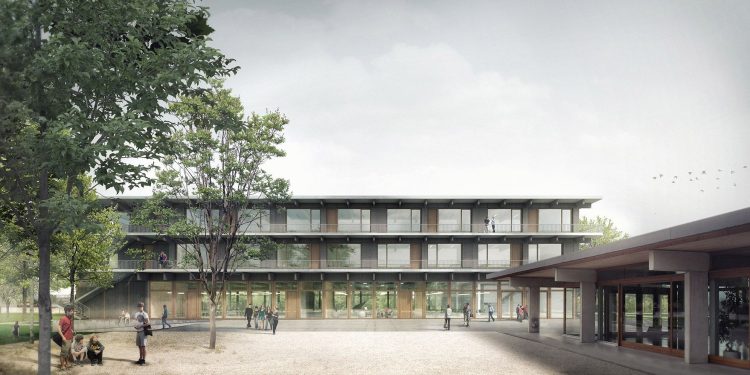3D visualization in medical imaging is a cutting-edge field that has transformed the way healthcare professionals diagnose and understand various medical conditions. With the advent of sophisticated software and hardware, medical imaging has progressed from simple two-dimensional (2D) snapshots to complex three-dimensional (3D) models, offering a new dimension in diagnosis and treatment planning.
The Leap from 2D to 3D Imaging
The traditional 2D images, such as X-rays, have been invaluable in medicine for over a century. However, they have limitations in providing a complete picture of the patient’s anatomy. 3D visualization overcomes these limitations by reconstructing multiple 2D images into a 3D model using advanced algorithms and computing power. This gives clinicians a more comprehensive view of the area of interest, allowing for more accurate diagnoses.
Applications in Diagnosis and Treatment
In oncology, 3D visualization helps in pinpointing the location, size, and shape of tumors. This is crucial for planning surgeries and other treatments. In cardiology, 3D models of the heart and its vessels can be constructed to detect anomalies and plan interventions without invasive procedures. Orthopedics benefit from 3D imaging to create precise models of bones and joints, aiding in reconstructive surgery.
The Role of Software and AI
Software plays a pivotal role in 3D medical imaging. It can segment images automatically, identify and color different tissues, and even simulate surgeries. AI and machine learning are pushing the boundaries further by automating complex image analysis, reducing the time for image processing, and increasing the accuracy of the models.
Challenges and Future Directions
Despite the clear benefits, 3D visualisierung in medical imaging faces challenges. The high cost of equipment and software, the need for specialized training, and the increased time for image processing are significant barriers. However, with the continuous advancements in technology, the future of 3D visualization in medical imaging is bright. It is moving towards faster processing, higher resolution images, and integration with virtual and augmented reality, offering an immersive experience for diagnosis and planning.
Conclusion
3D visualization in medical imaging represents a significant leap forward in medical diagnostics. By providing a new dimension of detail, it enables healthcare professionals to diagnose with greater confidence and plan treatments with unprecedented precision. As technology advances, we can expect this field to become an even more integral part of patient care, leading to better outcomes and more personalized healthcare.

























